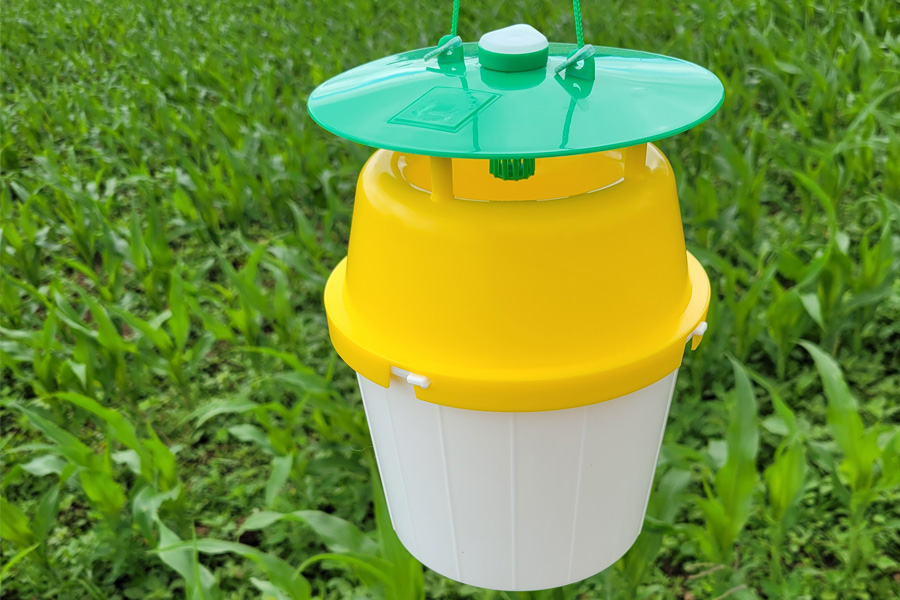Fall armyworm (FAW) is a serious, highly invasive threat to maize and corn crops. If left unchecked FAW can cause severe crop damage. Desire FAW traps provide a proactive solution.
The traps providing a solution
Fall armyworm (FAW) is a clear and present threat to maize and corn crops. It is highly invasive and if left unchecked FAW can cause severe crop damage.
Pieter Van Der Westhuizen, UPL NZ Ltd Regional Sales Manager Upper North Island, says by the time FAW was discovered in New Zealand in 2020 it was already too late for eradication.
“We can control it, but the ability to do that relies heavily on early detection – and that means effective traps using species-specific pheromones.”
Pieter says the first and second instars of FAW are the easiest to kill. He warns that if this opportunity is lost, the consequences can be “terrible”.
“First and second instar feeding leaves tell-tale ‘windows’ in leaves. Older larvae will eat the entire leaf.”
He says while New Zealand farmers know how to deal with corn earworm and tropical army worm, FAW takes the potential to cause destruction, particularly of high-value maize crops, to a new level.
“FAW spreads very rapidly. The female moth drops eggs, and the little larvae spin silk threads which carry them across the paddock.” Unchecked, fall army worm can result in almost total infestation in a crop.
“It’s essential you know when there is a flight of moths. That’s when you need to act.” He adds that it is important to spread the word to other contractors and growers if FAW is detected.
Pieter says effective monitoring and communication have been the key to successful crop protection outcomes in other countries battling the pest. “Spraying is really best if you catch the pests before growth stage V6.”
Proactive approach pays off
A proactive approach gives contractors and growers the opportunity to get the upper hand.
Pieter says the Desire® Fall Armyworm trap has proven efficacy. He recommends it is attached to posts or something similar at canopy height in tall crops. “Ideally, you’d place it at around 80 cm if the crop is shorter. We’d recommended a trap density of two traps per hectare.”
Traps should be checked on a regular basis (at least twice a week) and pheromone dispensers replaced every four weeks for optimal performance.
He says if even one moth is caught, a closer examination of the crop is prudent. “You need to walk the paddock, but the trap is your first red flag.”
FAW (Spodoptera frugiperda) moths are grey and brown and can easily be camouflaged against the soil.
The moths can move fast and over considerable distances, covering up to 100 km a night during summer.
Currently FAW is widespread in the North Island. However, its ability to travel as larvae by ballooning or as adults flying means that the South Island can’t afford to be complacent.
Lures should always be protected from heat and direct sunlight. Always store in the original packaging.
For more information, and for Desire pheromone traps and specific lures, contact Pieter Van Der Westhuizen on 021 392 740 or read more here.
